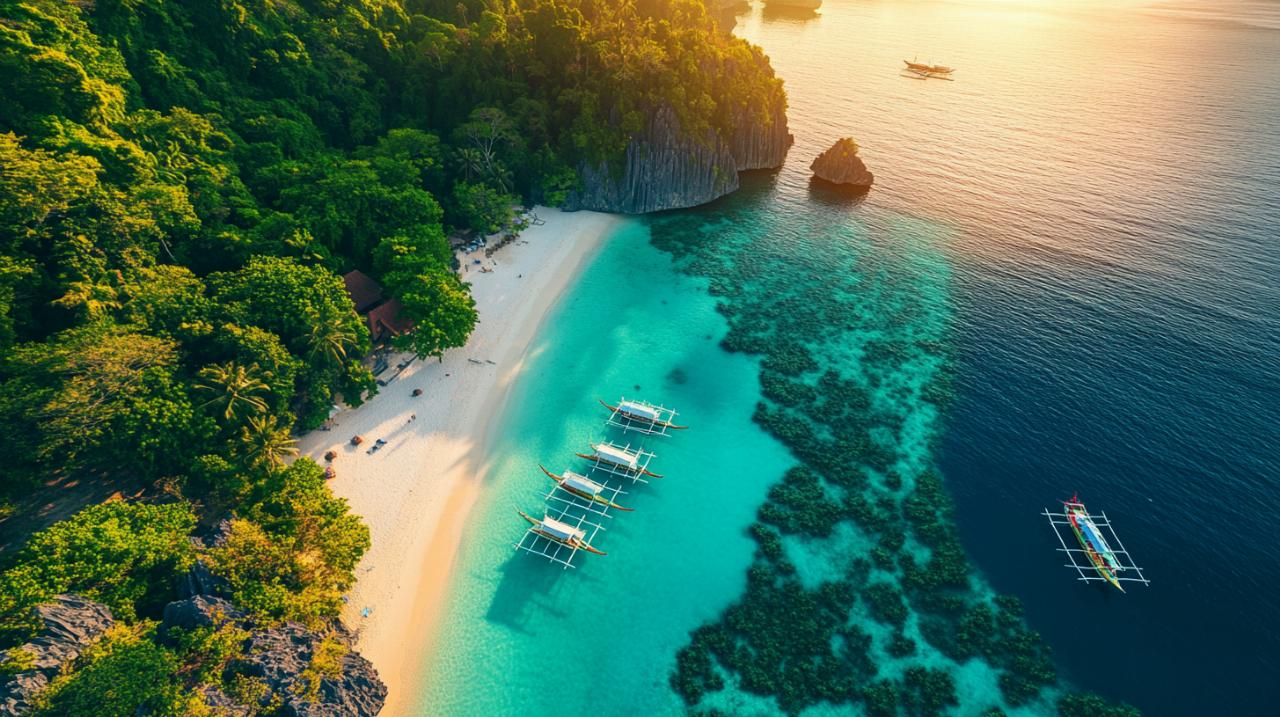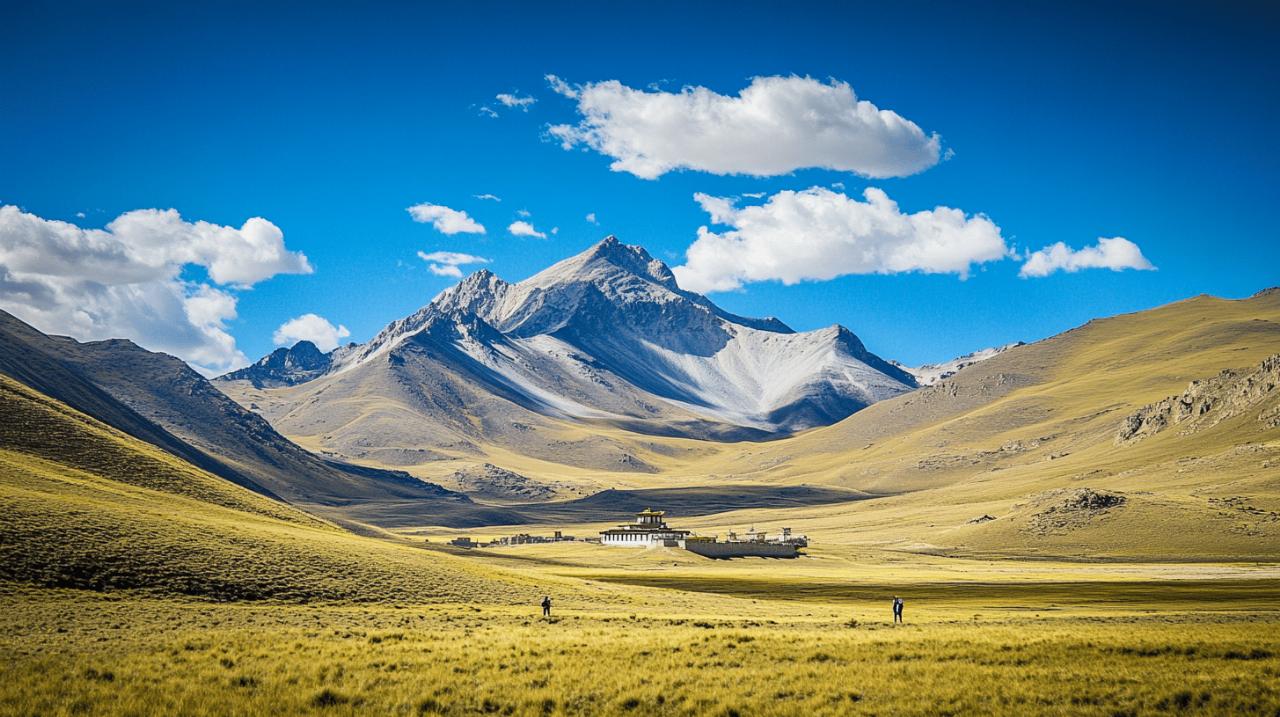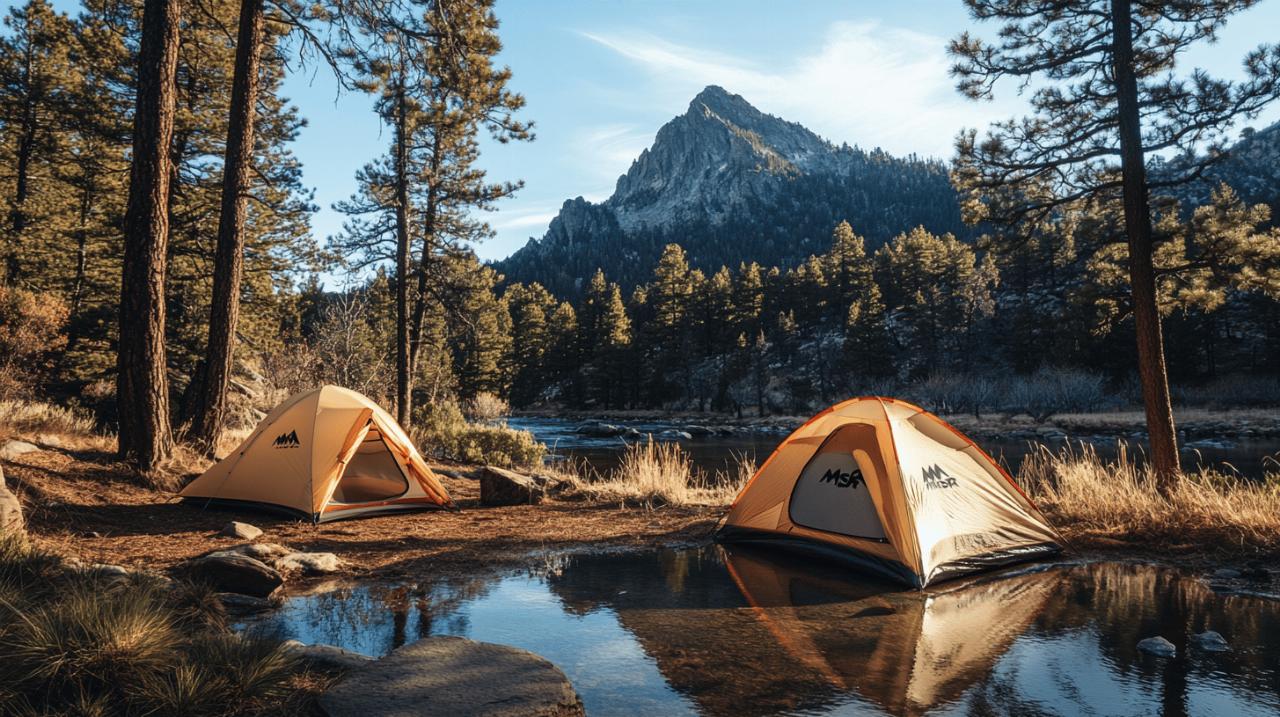The Philippine Islands, with their breathtaking landscapes and vibrant culture, attract thousands of tourists each year. However, beneath this paradise lies a network of active volcanoes that shape both the geography and daily life of the archipelago. For visitors and residents alike, understanding the volcanic alert systems and evacuation procedures is essential for safe travel throughout this stunning yet geologically dynamic country.
Understanding the philippine volcanic landscape
The Philippines sits squarely within the Pacific Ring of Fire, a horseshoe-shaped belt known for its concentration of active volcanoes and frequent earthquakes. This geological positioning has blessed the country with spectacular landscapes but also created ongoing hazards that require constant vigilance. The Philippine government takes these natural threats seriously, establishing comprehensive monitoring and response systems to protect both citizens and visitors.
Key active volcanoes across the archipelago
Across the Philippines, numerous volcanoes dot the landscape, each with its own activity patterns and risk profiles. Taal Volcano, located just 50 kilometers from Manila, is among the most dangerous due to its proximity to populated areas. As the second-most active volcano in the country, it demonstrated its destructive potential during the January 2020 eruption when it sent ash nine miles into the atmosphere, affecting areas as far as 50 miles away including the capital. This eruption led to the evacuation of approximately 30,000 people and shut down Manila's Ninoy Aquino International Airport, grounding over 500 flights. Other significant volcanoes include Mayon, known for its perfect cone shape, and Kanlaon, which currently remains at alert level 3, indicating heightened unrest.
The Philippine Institute of Volcanology and Seismology Monitoring System
The Philippine Institute of Volcanology and Seismology, commonly known as PHIVOLCS, serves as the frontline defense against volcanic disasters. This government agency maintains a sophisticated network of sensors and monitoring stations throughout the archipelago, providing crucial early warning capabilities. Scientists work around the clock to detect subtle changes in volcanic activity, from ground deformation to gas emissions, that might indicate an impending eruption. This continuous monitoring forms the backbone of the country's volcanic risk management system, allowing authorities to issue timely alerts and evacuation orders when necessary.
Volcano alert levels explained
To communicate volcanic risk effectively, PHIVOLCS employs a standardized alert level system that ranges from 0 to 5. Each level corresponds to specific volcanic conditions and triggers different response protocols from local and national authorities. Understanding these alert levels is fundamental for anyone living in or visiting volcano-prone areas in the Philippines.
What Each Alert Level Means for Visitors and Locals
At Alert Level 0, a volcano shows no unusual activity, indicating normal conditions where tourism and daily activities can proceed without restrictions. Level 1 signals low-level unrest with minimal seismic activity, though access to the volcano's immediate vicinity may be limited. Level 2 indicates increasing unrest with moderate seismic activity and visible steam emissions, at which point authorities typically restrict access to danger zones. Level 3, like the current status of Kanlaon Volcano, signifies a probability of minor eruptions and prompts evacuation of residents within the established danger zone. Level 4, which was declared during the 2020 Taal eruption, warns of an imminent hazardous eruption within hours or days, triggering widespread evacuations and travel disruptions. Finally, Level 5 indicates an ongoing hazardous eruption requiring total evacuation of expanded danger zones. For travellers, these alert levels should directly influence decision-making about destinations and activities.
Real-time Information Sources and How to Stay Updated
Staying informed about volcanic activity requires access to reliable, up-to-date information. The official PHIVOLCS website provides real-time updates on all monitored volcanoes, including current alert levels and recent observations. Social media channels operated by PHIVOLCS and the National Disaster Risk Reduction and Management Council offer immediate notifications during developing situations. Major news outlets in the Philippines also provide coverage of significant volcanic events. For international travellers, the Foreign, Commonwealth & Development Office website offers travel advisories specific to British nationals, including safety information related to volcanic activity. Additionally, many hotels and tourism establishments in volcano-prone areas maintain communication with local authorities and can provide guests with current safety information.
Emergency evacuation procedures in volcanic areas
 The Philippine government has developed extensive evacuation protocols for communities living near active volcanoes. These procedures are regularly practiced and refined to ensure swift, orderly evacuations when needed. Visitors should familiarize themselves with these plans when travelling in volcanic regions.
The Philippine government has developed extensive evacuation protocols for communities living near active volcanoes. These procedures are regularly practiced and refined to ensure swift, orderly evacuations when needed. Visitors should familiarize themselves with these plans when travelling in volcanic regions.
Government evacuation plans and designated safe zones
Each volcano-prone area maintains detailed evacuation routes and designated safe zones established by local disaster management offices. These plans identify primary and alternate evacuation routes, transportation resources, and evacuation centers equipped to provide temporary shelter, food, and medical assistance. During the 2020 Taal eruption, the efficiency of these plans was demonstrated as tens of thousands of residents were successfully moved to safety despite the rapid escalation of volcanic activity. For tourists, hotels and resorts in volcanic areas typically maintain their own evacuation procedures aligned with government plans. When booking accommodations near active volcanoes, inquiring about these safety protocols can provide peace of mind and practical knowledge should an emergency occur.
What to Pack in Your Volcano Emergency Kit
Preparing for potential volcanic emergencies requires thoughtful packing. An effective volcano emergency kit should include respiratory protection such as N95 masks to filter volcanic ash particles, which can cause significant respiratory distress. Sealed goggles or eyewear protect against eye irritation from airborne ash. Bottled water is essential, as volcanic activity often disrupts water supplies or contaminates them with ash. Non-perishable food items provide sustenance during evacuation periods. A battery-powered radio enables access to emergency broadcasts when other communications fail. Additionally, including any necessary prescription medications, a first aid kit, torch with extra batteries, and copies of important documents can make a significant difference during an evacuation. For travellers, maintaining this kit in an easily accessible location allows for quick response to evacuation orders.
Travelling Safely in a Volcanically Active Country
With proper preparation and awareness, exploring the Philippines can be done safely despite its volcanic nature. The vast majority of tourist destinations remain unaffected by volcanic activity most of the time, with popular spots like Palawan, Boracay, Bohol, and Siargao typically experiencing no disruptions even during eruptions elsewhere in the country.
Best practices for visiting areas near active volcanoes
When planning trips to volcano-adjacent areas, timing considerations are important. Checking current alert levels before finalising itineraries allows for flexibility should conditions change. Engaging licensed tour guides with local knowledge provides access to current safety information and proper safety equipment when visiting volcanic sites. Respecting all barriers and warning signs at volcanic attractions prevents unnecessary risk-taking. Registering with local tourism offices when visiting remote volcanic areas ensures authorities know your whereabouts in case of sudden activity. Perhaps most importantly, maintaining situational awareness by watching for environmental changes such as unusual rumbling sounds, ground tremors, or animal behaviour can provide early warning of developing situations.
Travel Insurance and Health Considerations for Volcano Regions
Comprehensive travel insurance that explicitly covers natural disasters including volcanic eruptions is essential when visiting the Philippines. Many standard policies exclude volcanic events or offer limited coverage, so reading the fine print before purchase is crucial. Medical considerations include respiratory health, as individuals with asthma or other breathing difficulties may experience exacerbated symptoms in areas with even minimal volcanic ash. Carrying appropriate medications and wearing masks in ash-affected areas can mitigate these risks. Additionally, understanding evacuation coverage within insurance policies provides financial protection should travel plans be disrupted by volcanic activity. Some insurers offer premium services including emergency evacuation assistance, which can prove invaluable during major eruptions. While the prospect of volcanic activity might seem daunting, with proper preparation, most travellers can safely enjoy the remarkable beauty of the Philippine Islands.






